Variations sur un même thème
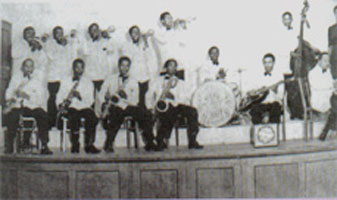
The Jazz Maniacs
De l’orgue au big band
Essentiellement joué dans les shebeens, ces bars clandestins des townships, la marabi music gagne en popularité dans les années 1930/1940 quand les bigs bands, The Jazz Maniacs, The Merry Blackbirds et the Jazz Revellers, l’adoptent. «~Zuluboy~» Cele, leader des Jazz Maniacs, modernise l’instrumentation. Zakes Nkosi y ajoute le swing et Kippie Moeketsi intègre des couleurs bebop.
La matrice des musiques noires
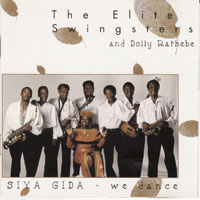 Au cours des décennies suivantes, ce style va influencer de nombreux artistes sud-africains comme Abdullah Ibrahim, Hugh Masekela, Miriam Makeba, Basil Coetzee, Chris Mc Gregor et bien d’autres. Dans les années 1980/1990, des artistes et des groupes comme le pianiste Moses Molelekwa, les groupes African Jazz Pioneers et Elite Swingsters ont contribué à sa renaissance. Jugée dès sa naissance par les autorités comme une musique dangereuse, la Marabi music est considérée aujourd’hui comme la matrice de toutes les musiques noires d’Afrique du Sud.
Au cours des décennies suivantes, ce style va influencer de nombreux artistes sud-africains comme Abdullah Ibrahim, Hugh Masekela, Miriam Makeba, Basil Coetzee, Chris Mc Gregor et bien d’autres. Dans les années 1980/1990, des artistes et des groupes comme le pianiste Moses Molelekwa, les groupes African Jazz Pioneers et Elite Swingsters ont contribué à sa renaissance. Jugée dès sa naissance par les autorités comme une musique dangereuse, la Marabi music est considérée aujourd’hui comme la matrice de toutes les musiques noires d’Afrique du Sud.
Source : History of South African Jazz – Gwen Ansell – Department of Arts, Science, Culture and Technology, 1997. Variation on a theme

The Jazz Maniacs
From pedal organ to big bands
Played mostly in the shebeens, these illegal bars of the townships, marabi music achieved popularity in the 1930s/1940S when Big bands (The Jazz Maniacs, The Merry Blackbirds and the Jazz Revellers) adopted it. The Jazz maniacs’ leader Solomon «~Zuluboy~» Cele introduced modern instrumentation to the style and Zakes Nkosi, added the swing music. Kippie «~Morolong~» Moeketsi flavoured the fusion with bebop influences.
The foundation element of South African black music
 Over the succeeding decades, this style mostly influenced south african artists such as Abdullah Ibrahim, Hugh Masekela, Miriam Makeba, Basil Coetzee, Chris Mc Gregor and many others. In the 1980s, Artists and Bands like Pianist Moses Molelekwa, the African Jazz Pioneers and the Elite Swingsters resurrected marabi styles. Considered from its birth as a dangerous music by the apartheid government, Marabi music is regarded today as the foundation element of South African black music.
Over the succeeding decades, this style mostly influenced south african artists such as Abdullah Ibrahim, Hugh Masekela, Miriam Makeba, Basil Coetzee, Chris Mc Gregor and many others. In the 1980s, Artists and Bands like Pianist Moses Molelekwa, the African Jazz Pioneers and the Elite Swingsters resurrected marabi styles. Considered from its birth as a dangerous music by the apartheid government, Marabi music is regarded today as the foundation element of South African black music.
Source : History of south African Jazz – Gwen Ansell – Department of Arts, Science, Culture and Technology, 1997.

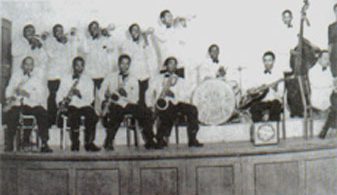
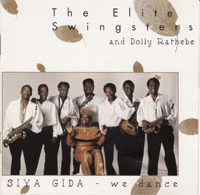
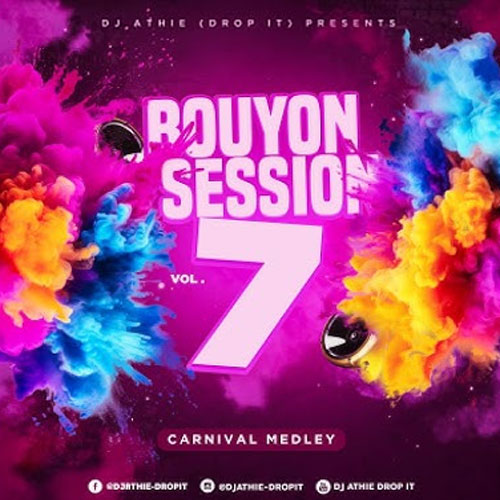
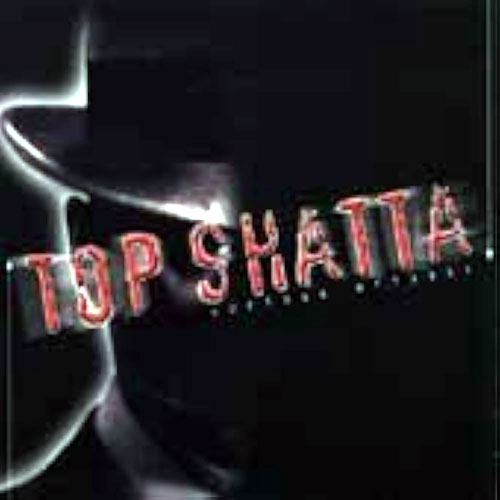
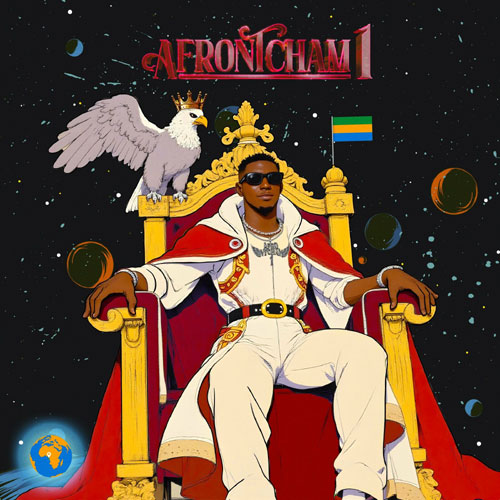
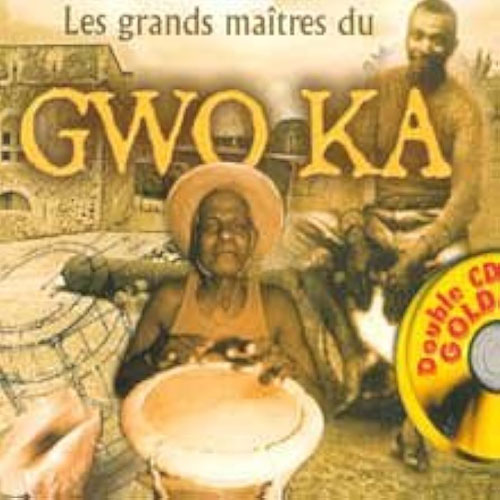
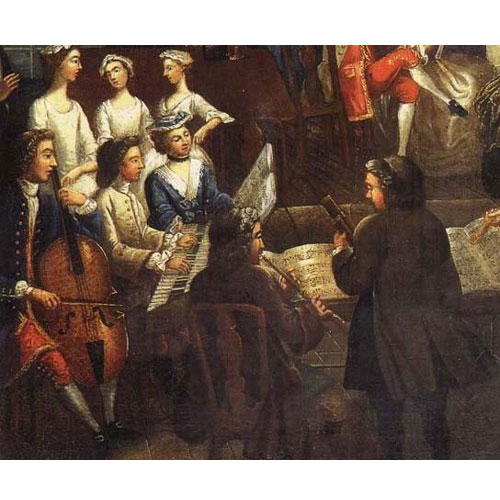
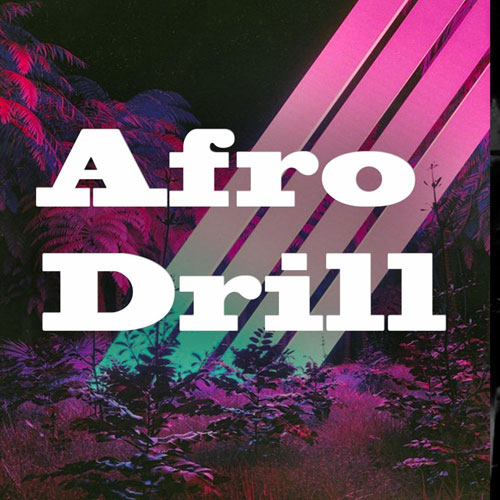
[…] Miriam Makeba Labels: Polydor Pays: Afrique du Sud Styles: Afro-jazz, Kwela (Jive), Marabi Music “Titres: 1. I Still Long For You 4:43 2. Eyes on Tomorrow 4:05 3. Don't Break My […]